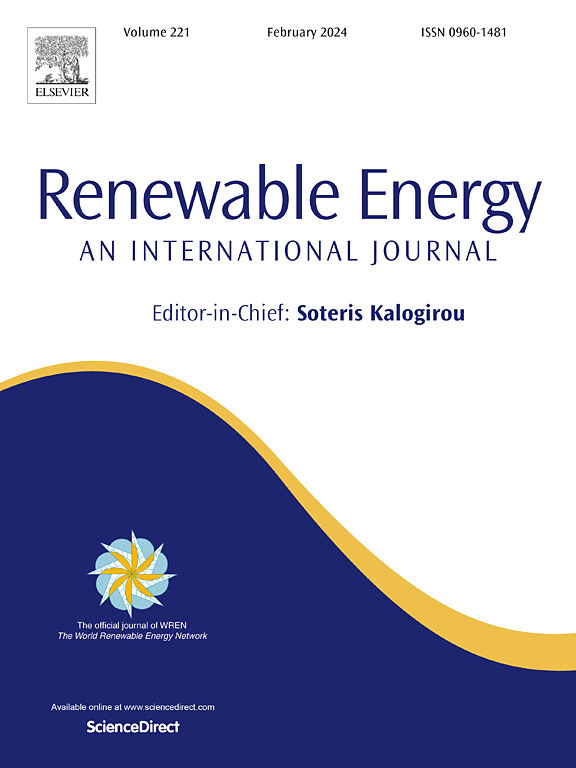Multi-objective Bayesian optimisation over sparse subspaces for model predictive control of wind farms
IF 9
1区 工程技术
Q1 ENERGY & FUELS
引用次数: 0
Abstract
As model mismatch (uncertainty) is inevitable, fine-tuning control strategies with closed-loop performance data is critical. This is relevant for model predictive control (MPC) in wind farms (WFs), as inaccurate wake models affect performance. However, challenges such as conflicting control objectives, limited closed-loop data due to expensive experiments, and the high-dimensional design spaces of these MPC formulations make tuning non-trivial. Inspired by the notion of performance-oriented learning, we propose a multi-objective (MO) Bayesian optimisation (BO) framework over sparse subspaces to address these challenges systematically for increased closed-loop MPC performance. To show the efficacy of the BO approach, a simulation case study with a 3x3 WF is investigated where the control objective is to provide secondary frequency regulation while minimising dynamic loading for an MPC with 28 design parameters to auto-tune. Simulations show that the proposed framework achieves a good balance between two conflicting WF control objectives, where dynamic loading is reduced by 51.59% compared to a nominal MPC whose performance is not tuned using closed-loop data while still achieving similar tracking performance. The proposed method is general and can be applied regardless of a closed-loop control goal, WF specifications (complexity, topology, location), or controller formulation for multi-objective constrained control of WFs.

在稀疏子空间上进行多目标贝叶斯优化,实现风电场的模型预测控制
本文章由计算机程序翻译,如有差异,请以英文原文为准。
求助全文
约1分钟内获得全文
求助全文
来源期刊

Renewable Energy
工程技术-能源与燃料
CiteScore
18.40
自引率
9.20%
发文量
1955
审稿时长
6.6 months
期刊介绍:
Renewable Energy journal is dedicated to advancing knowledge and disseminating insights on various topics and technologies within renewable energy systems and components. Our mission is to support researchers, engineers, economists, manufacturers, NGOs, associations, and societies in staying updated on new developments in their respective fields and applying alternative energy solutions to current practices.
As an international, multidisciplinary journal in renewable energy engineering and research, we strive to be a premier peer-reviewed platform and a trusted source of original research and reviews in the field of renewable energy. Join us in our endeavor to drive innovation and progress in sustainable energy solutions.
 求助内容:
求助内容: 应助结果提醒方式:
应助结果提醒方式:


